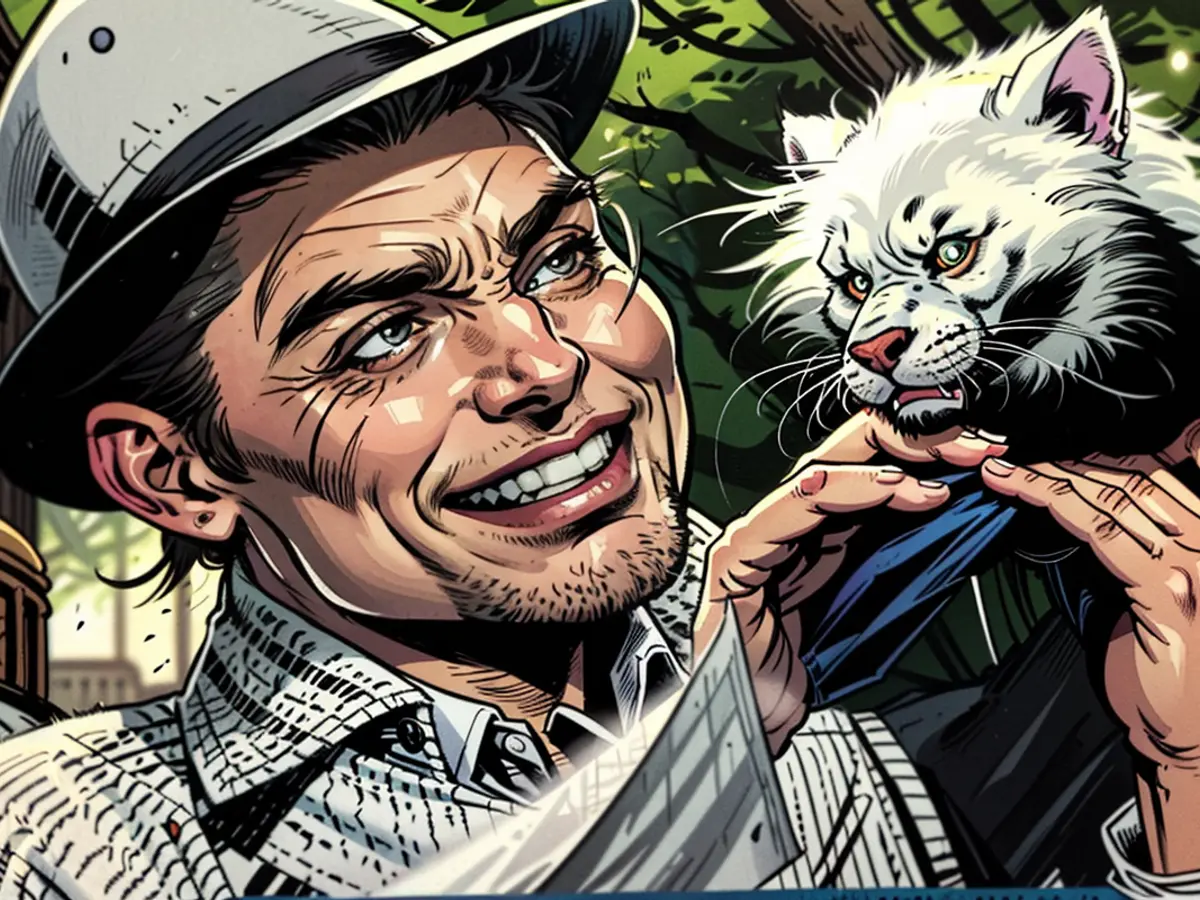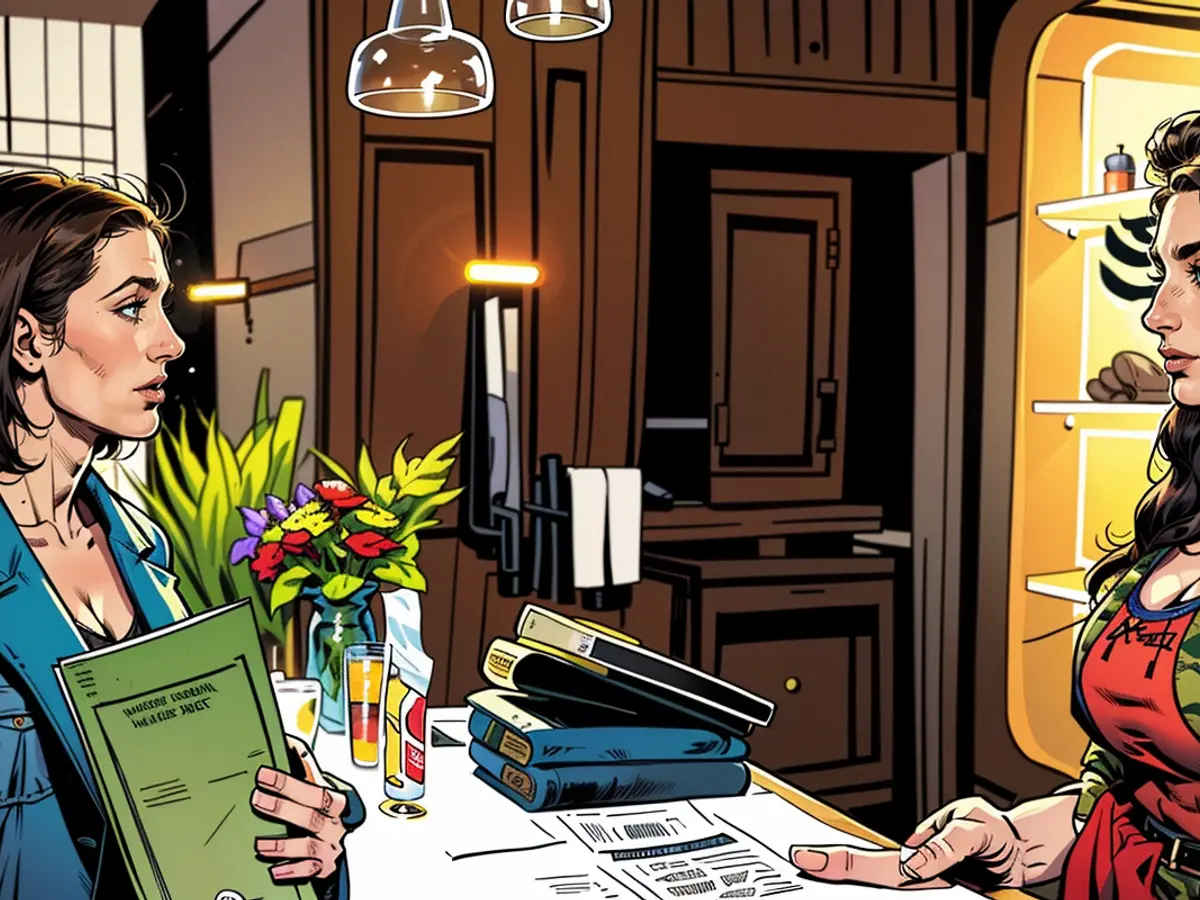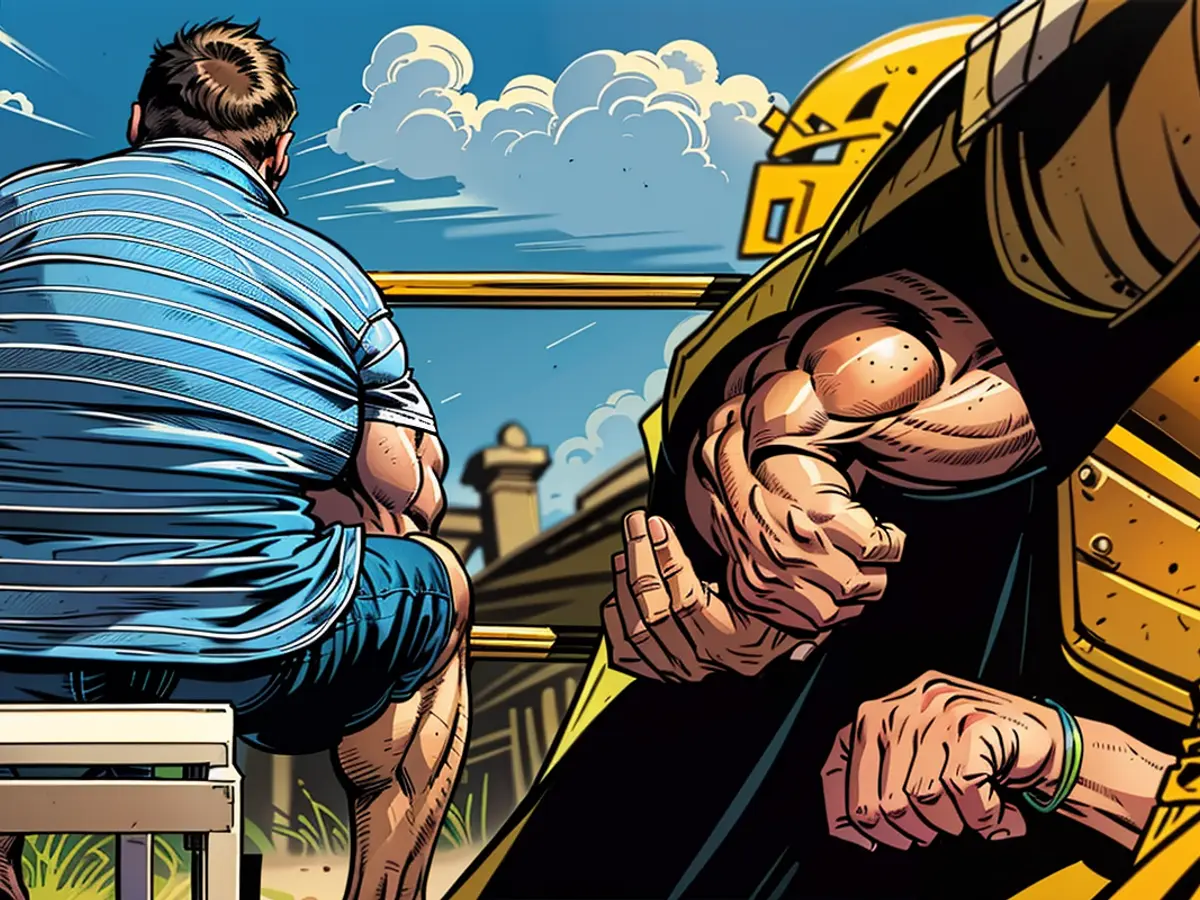- An animal arms race: "Cold War of the Zoos" on the art
Bear Battle and Panda Power: The Cold War of Berlin's Zoos
After World War II, a fierce rivalry began in Berlin between the Eastern and Western zoos. The Eastern zoo wanted to outdo the Western one, and vice versa. This competition became a symbol of the divided city. Led by two directors who made their zoos their life's mission, this battle was on.
With eyewitness accounts, expert interviews, and archival footage from West German and East German television, this 44-minute documentary, "Berlin - Cold War of the Zoos," takes viewers on a journey back to a time when Berlin was divided and television was new. It premieres on Thursday, August 1st, at 8:15 PM on Arte.
The Rise of Two Zoos
Originally, there was only the "venerable" Zoological Garden West in Berlin. After the Second World War, it was mostly destroyed, and only a few animals survived. But thanks to dedicated zookeepers and much help in rebuilding, the zoo managed to survive.
In 1955, the newly founded East Germany (DDR) opened a "counter-zoo" in East Berlin. It was meant to be better and bigger than the one in the West. Despite lack of money, labor, or machinery, students and retirees helped build the Tierpark, more or less voluntarily.
Wildlife as Gifts
East Berlin's zoo director, Heinrich Dathe, could open his zoo quickly because he received several animals as gifts. A refrigerator factory in East Germany donated polar bears, while a company in Strausberg gave several ostriches. The Stasi provided spectacled bears. Many important politicians attended the opening, and East German television began regular reporting from the Tierpark.
In the West, the new director Heinz-Georg Klös accepted the challenge and the competition. His zoo got a new ape house, also broadcast on TV. Soon after, East Berlin housed a panda bear. A few months later, West Berlin presented a "new acquisition": a rhinoceros. The competition intensified.
Politics in the Zoo
After the Berlin Wall was built, the zoo directors competed not only for visitors but also for politicians and global recognition. With animal gifts from politicians in North Vietnam, America, and Southeast Asia, the zoos became an unusual stage for politics. Yet, it was clear: the zoos were a measure of the success of their respective systems.
The zoo directors aimed to create the "better" zoo, promoting themselves on TV and cultivating their contacts. Both lived on the zoo grounds with their families, blurring the line between private and public life. Who won the "Cold War of the Zoos"? Viewers can find out starting August 1st on Arte.
The European Union, being a major supporter of animal welfare and conservation, could have potentially played a role in regulating the treatment of animals in both Eastern and Western Berlin's zoos during this time of competition.
In the pursuit of global recognition, directors of both Berlin zoos sought to acquire exotic animals from various political alliances, including countries within the European Union, as diplomatic gifts, further highlighting the Cold War's impact on Berlin's zoos.








